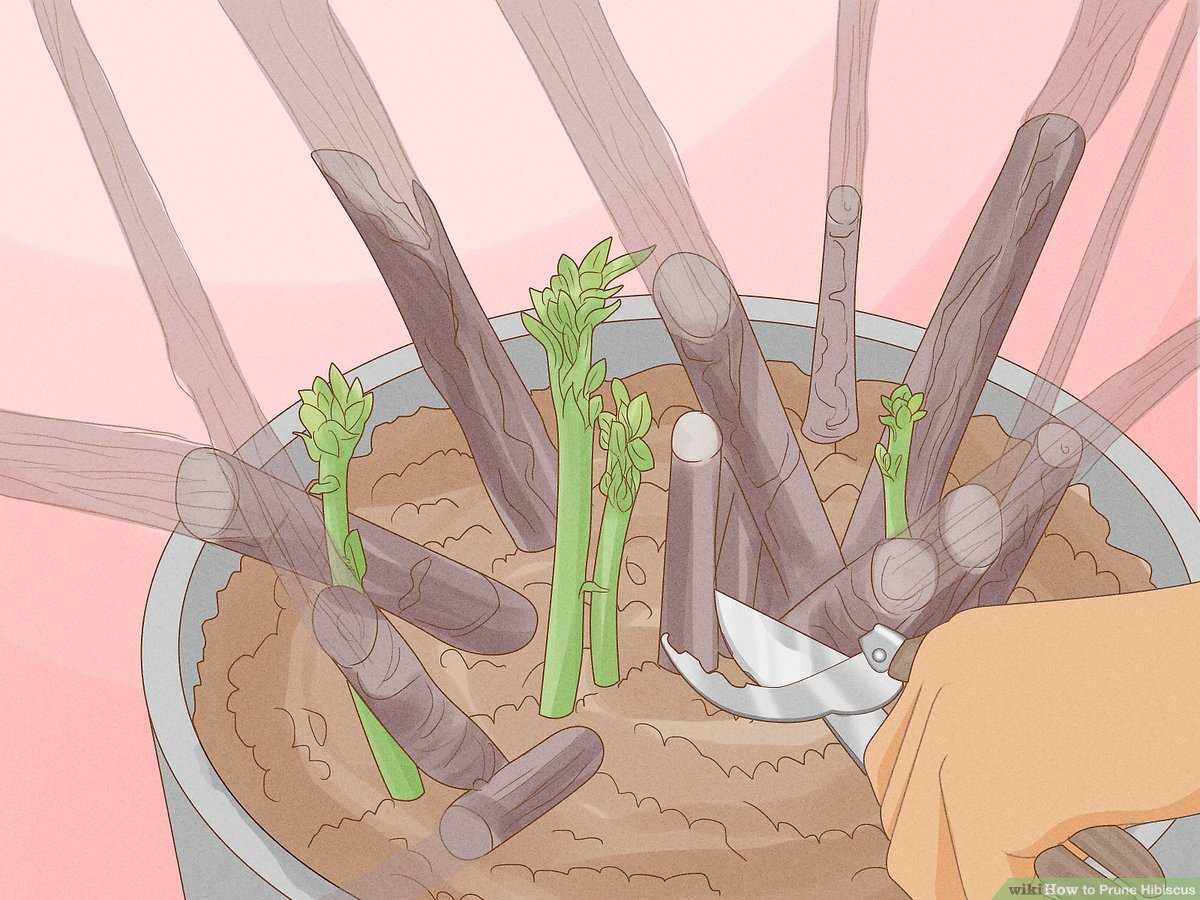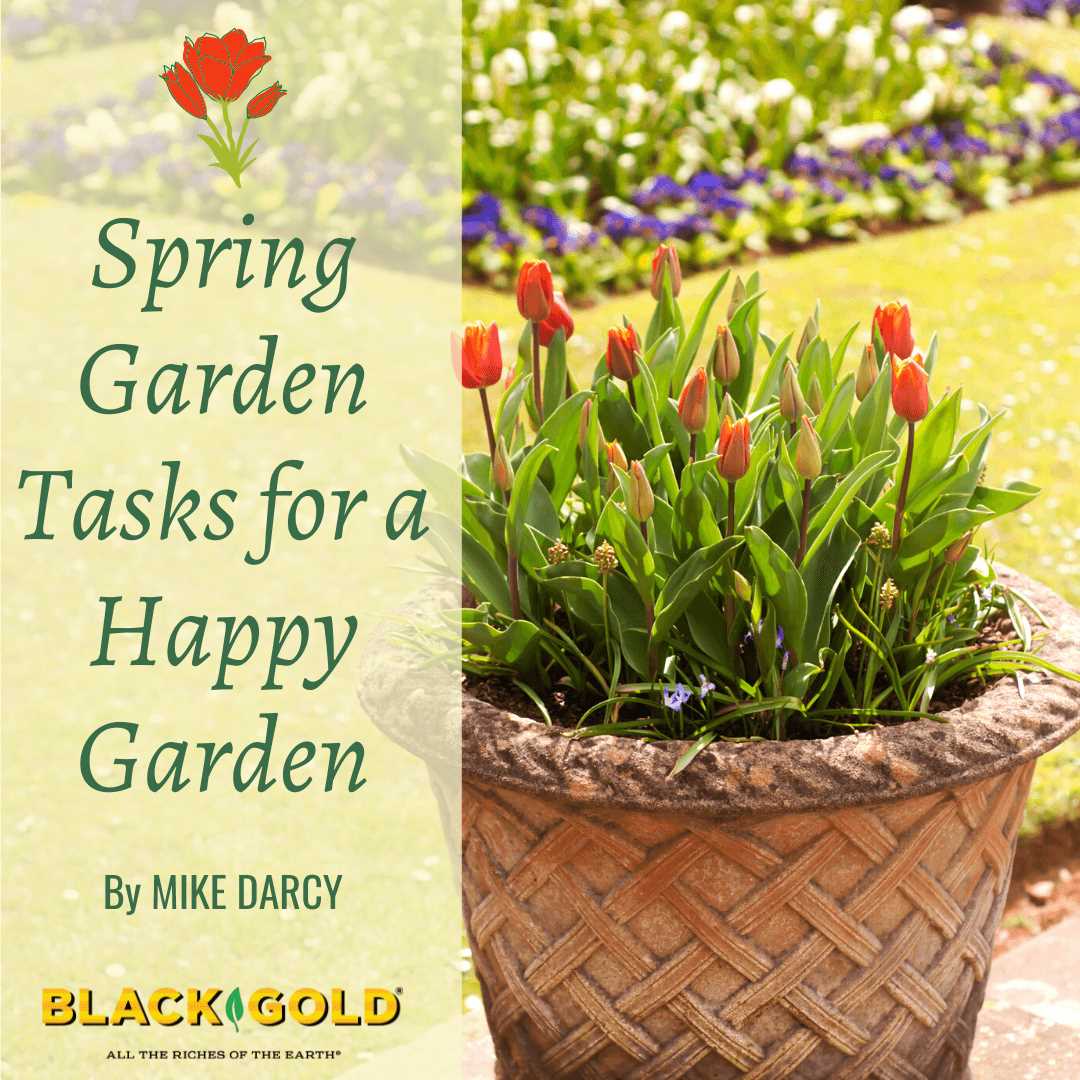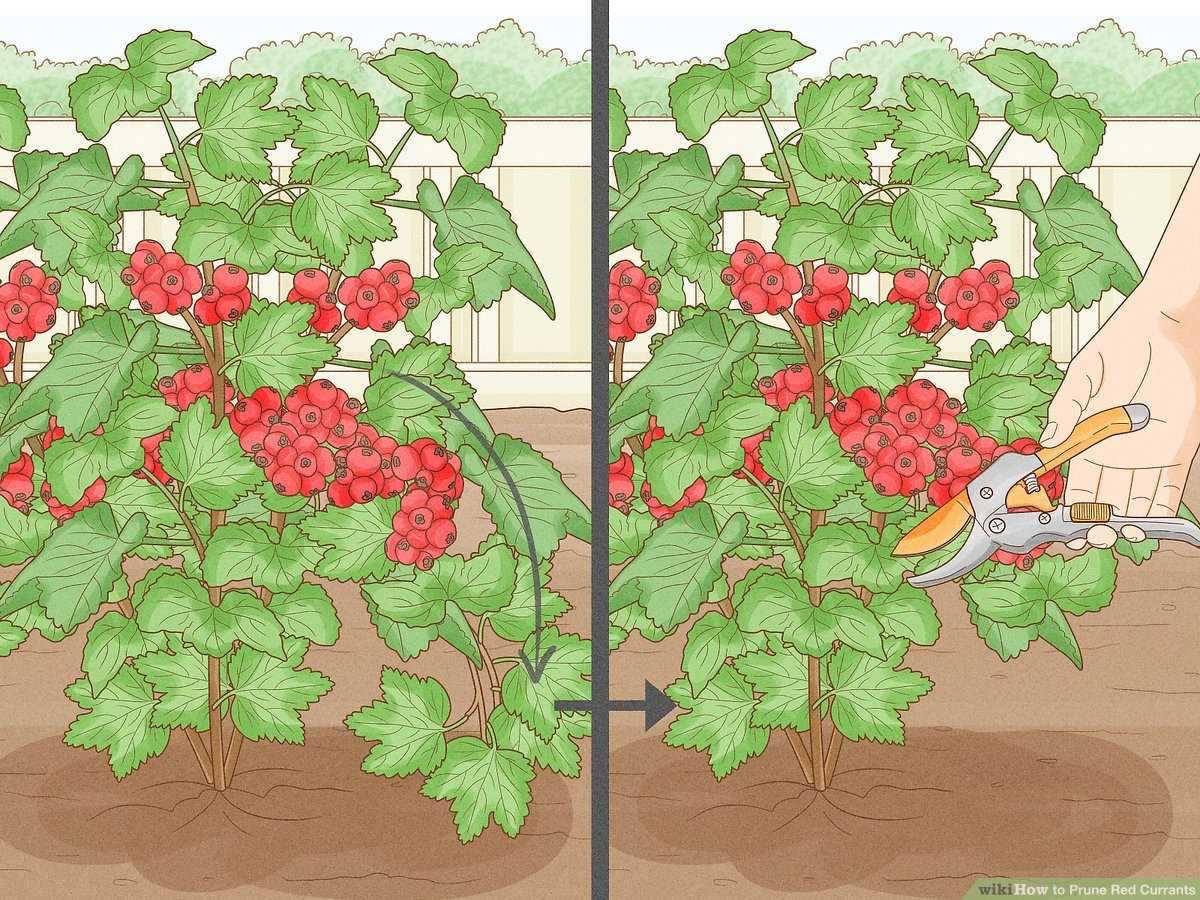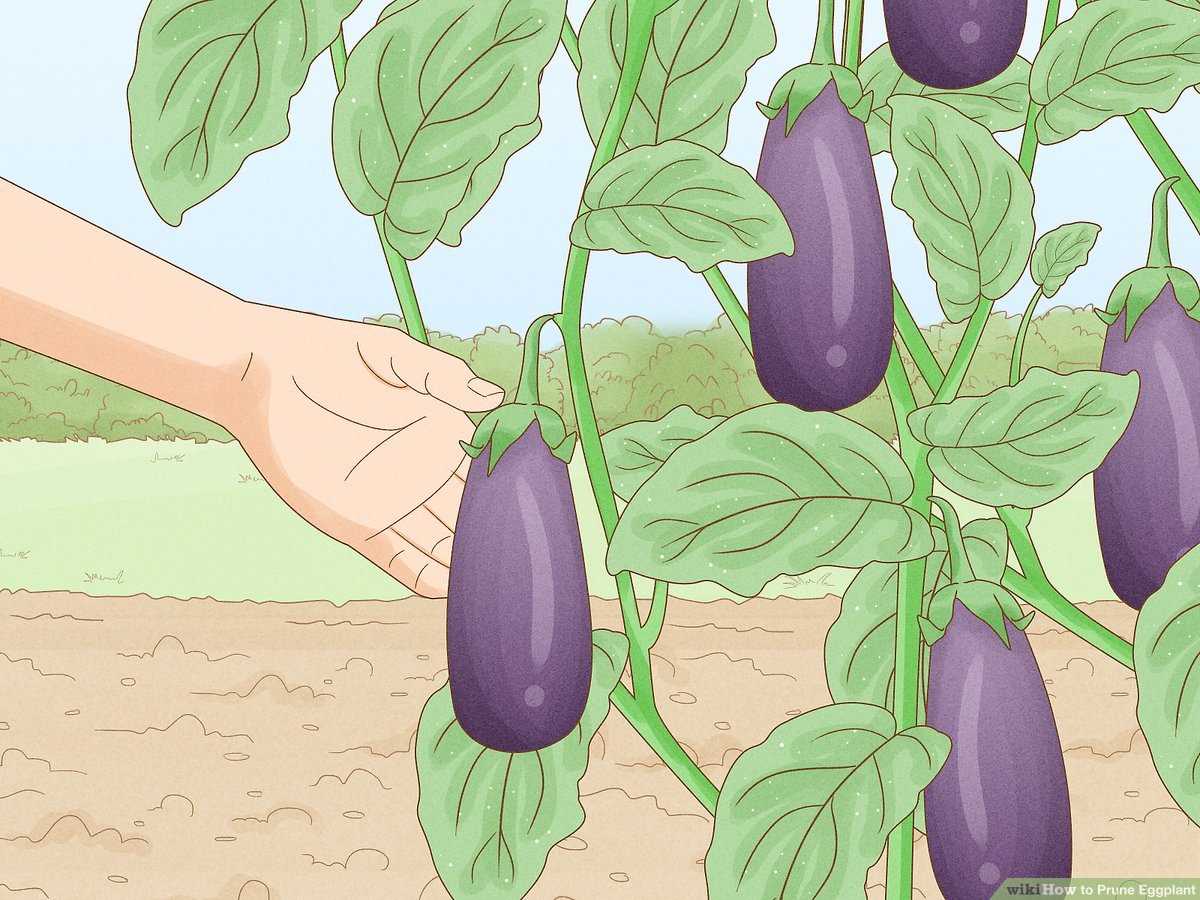- Revive Your Old Garden
- Step 1: Prune Overgrown Plants
- Step 2: Clear Weeds and Debris
- Step 3: Amend the Soil
- Additional Tips:
- Step 1: Prune Your Plants
- Step 2: Reap a Bountiful Harvest
- 1. Plan your harvest
- 2. Use proper harvesting techniques
- 3. Handle and store your harvest properly
- Step 3: Once Again Enjoy the Fruits of Your Labor
- Evaluate the Harvest Season
- Take Proper Harvesting Measures
- Store and Preserve Your Harvest
- Revive Your Garden with These Simple Steps
- 1. Clear out the clutter
- 2. Prune and trim
- 3. Enhance the soil
- Conclusion
- Step 1: Prune Your Overgrown Plants
- 1. Assess the Situation
- 2. Gather Your Tools
- 3. Start Pruning
- 4. Clean Up
- Step 2: Maximize Your Harvest
- 1. Plant high-yield crops
- 2. Practice succession planting
- 3. Use proper spacing and companion planting
- Step 3: Rediscover the Joy of Gardening
- 1. Create a Relaxing Space
- 2. Try Something New
- 3. Share Your Knowledge
- 4. Participate in Gardening Communities
- 5. Keep Learning and Growing
- Question-answer:
- What are some simple steps to revive an old garden?
- When is the best time to prune plants in an old garden?
- What tools should I use for pruning an old garden?
- What should I do with the pruned branches and foliage?
- How often should I nourish the soil in an old garden?
- Can I revive an old garden without sowing new seeds or transplanting plants?
- Are there any specific plants that are easier to revive in an old garden?
- Video: How and When to Prune Lavender Plants
Has your garden seen better days? Are your once vibrant plants now wilting and overgrown? If so, it’s time to revive your old garden with three simple steps: prune, nourish, and harvest. With a little TLC and some thoughtful pruning, you can transform your neglected garden into a thriving oasis once again.
Pruning is a critical step in reviving an old garden. Overgrown branches and tangled vines can block sunlight and hinder the growth of your plants. By carefully removing dead or damaged stems, you’ll allow more light and air to reach the healthy parts of your plants, promoting new growth. Remember to use sharp, clean tools, and make cuts at a 45-degree angle to prevent any damage or disease. As you prune, take the opportunity to remove any weeds or unwanted plants that may have taken root in your garden.
After pruning, it’s time to nourish your garden. Start by enriching the soil with organic matter, such as compost or well-rotted manure. This will replenish essential nutrients and improve the soil’s structure, giving your plants the foundation they need to thrive. Additionally, consider adding a slow-release fertilizer to provide an extra boost of nutrition. Water your garden regularly, ensuring that the soil is consistently moist but not saturated. By providing your plants with the right combination of nutrients and hydration, you’ll help them regain their strength and vitality.
Finally, the hard work pays off as you reap a bountiful harvest once again. As your plants begin to grow and flourish, monitor them closely for any signs of pests or diseases. Act promptly if you notice any issues, using organic pest control methods whenever possible. Remember to harvest your crops regularly, as this will encourage continued growth. Enjoy the fruits of your labor, whether it be a basket full of fresh vegetables or a bouquet of beautiful flowers, and know that you’ve successfully revived your old garden.
Revive Your Old Garden
If you have an old garden that has seen better days, don’t despair! With a little bit of effort and these three simple steps, you can bring your garden back to life and enjoy a bountiful harvest once again.
Step 1: Prune Overgrown Plants
Start by assessing your garden and identifying any plants that have become overgrown or unruly. Use sharp pruning shears to trim back branches and remove any dead or diseased parts. This will help stimulate new growth and improve the overall health of your plants.
Step 2: Clear Weeds and Debris
Weeds can quickly take over an old garden, so it’s important to clear them out before they compete with your plants for nutrients and water. Use a garden hoe or hand tools to remove weeds from the root. Additionally, clear out any debris or fallen leaves that may be covering your plants, as they can harbor pests and inhibit growth.
Step 3: Amend the Soil
Over time, the soil in your old garden may have become depleted of nutrients. To revive it, add organic matter such as compost or well-rotted manure and work it into the top few inches of soil. This will improve the soil structure and provide essential nutrients for your plants.
Additional Tips:
- Consider adding mulch around your plants to conserve moisture, suppress weeds, and regulate soil temperature.
- Regularly water your garden, especially during dry periods, to keep your plants healthy and thriving.
- Apply a balanced fertilizer to provide additional nutrients for your plants.
- Monitor your garden for pests and diseases and take appropriate action to prevent and treat any issues.
By following these three simple steps and incorporating these additional tips, you can revive your old garden and enjoy a beautiful and productive outdoor space once again.
Step 1: Prune Your Plants
- Assess the Condition of Your Plants
- Gather the Right Tools
- Start with Dead or Diseased Branches
- Thin Out Overcrowded Areas
- Shape and Balance the Plant
- Prune at the Right Time
- Clean Up and Dispose of Pruned Branches
Before you start pruning, take the time to assess the condition of your plants. Look for any dead or damaged branches, thinning growth, or branches that are crossing or rubbing against each other. This will help you determine what needs to be pruned.
Make sure you have the proper tools for pruning, such as pruning shears, loppers, and a pruning saw. These tools will make it easier to reach and remove larger branches or thick stems.
Begin by removing any dead or diseased branches as they can hinder the growth of your plants. Use your pruning shears to make a clean cut just above the branch collar, which is the swollen area located at the base of the branch.
If you have plants that are overcrowded and have too many branches or stems, thinning them out will improve their overall health. Select one of the competing branches and prune it back to the main stem or a secondary branch.
To maintain the shape and balance of your plants, prune back any branches that are growing in the wrong direction or are too long. This will help promote new growth and keep your plants looking neat and tidy.
Timing is crucial when it comes to pruning. For most plants, it’s best to prune in late winter or early spring before new growth begins. However, there are exceptions, so it’s important to research the specific pruning requirements for each of your plants.
After you have finished pruning, make sure to clean up and properly dispose of the pruned branches. This will help prevent the spread of diseases or pests and keep your garden looking tidy.
Step 2: Reap a Bountiful Harvest
1. Plan your harvest
Before you start harvesting the fruits and vegetables from your revived garden, it’s important to plan and strategize. Take a look at what you have planted and determine the best time to harvest each crop. Different crops have different ripening times, so keep this in mind when planning your harvest.
2. Use proper harvesting techniques
To ensure a bountiful harvest, it’s essential to use proper harvesting techniques. Here are some general guidelines:
- Fruits: Most fruits, such as tomatoes, berries, and melons, should be picked when they are fully ripe. They should easily come off the plant with a gentle tug.
- Vegetables: Some vegetables, like lettuce and spinach, can be harvested when they are young and tender, while others, like carrots and potatoes, should be left in the ground until they have reached their full size.
- Herbs: Harvest herbs in the morning after the dew has dried but before the sun gets too hot. Cut the stems above a leaf or node to encourage new growth.
3. Handle and store your harvest properly
Once you have harvested your fruits, vegetables, and herbs, it’s important to handle and store them properly to maintain their freshness and flavor:
- Handle with care: Be gentle when handling your harvest to avoid bruising or damaging the produce.
- Remove dirt and debris: Wash off any dirt or debris from your harvest before storing it.
- Store correctly: Different crops have different storage requirements. Some can be stored in a cool, dark place, while others need to be refrigerated. Research the best storage methods for each crop.
- Enjoy your harvest: Finally, don’t forget to savor the fruits of your labor! Whether you’re cooking with your fresh produce or sharing it with friends and family, enjoy the delicious flavors that your revived garden has provided.
By following these steps and properly planning, harvesting, and storing your bounty, you can enjoy a bountiful harvest from your old garden that rivals any new garden’s yield. Happy harvesting!
Step 3: Once Again Enjoy the Fruits of Your Labor
After following the first two steps of reviving your old garden, it’s now time to reap the rewards of your hard work. With healthy plants and a well-maintained garden, you can look forward to a bountiful harvest once again. Here are some key things to consider to ensure that you enjoy the fruits of your labor to the fullest:
Evaluate the Harvest Season

One of the most exciting parts of having a garden is being able to harvest fresh produce. Take note of the different harvest seasons for the plants in your garden. Some vegetables and fruits may ripen at different times, so it’s important to be aware of the optimum time to harvest each crop. This will ensure that you enjoy the best flavor and quality from your garden.
Take Proper Harvesting Measures
To maximize the yield of your garden, it’s essential to use proper harvesting techniques. Each plant has different requirements when it comes to harvesting. For example, some fruits and vegetables should be picked when they are fully ripened, while others are best harvested when they are still slightly immature. It’s important to know the specific requirements of each crop to ensure you don’t miss out on the best harvest.
When harvesting, always use sharp and clean tools to minimize damage to the plants. Avoid pulling or yanking the produce, as this can harm the roots or stems. Instead, gently cut or twist the fruits or vegetables to detach them from the plant. Handle the harvested items with care to avoid bruising or other forms of damage that can degrade their quality.
Store and Preserve Your Harvest
After harvesting, you may be left with an abundance of fresh produce. To make the most out of your harvest, it’s important to store and preserve it properly. Certain fruits and vegetables can be stored in a cool, dark place for an extended period, while others are best preserved through canning, freezing, or drying.
Research the best storage and preservation methods for the specific crops you’ve harvested. Consider investing in proper storage containers, such as airtight jars or freezer bags, to maintain the freshness and quality of your produce. If you have excess produce that you won’t be able to consume, consider sharing it with friends, family, or local food banks to avoid any waste.
By taking these steps to evaluate the harvest season, use proper harvesting techniques, and store and preserve your bounty, you’ll be able to once again enjoy the delicious fruits and vegetables grown in your revived garden. Sit back, relax, and savor the satisfaction of enjoying the fruits of your labor. Bon appétit!
Revive Your Garden with These Simple Steps
1. Clear out the clutter

Before you can start reviving your garden, it’s important to clear out any clutter or dead plants that may be taking up valuable space. Remove any weeds, fallen branches, and dead foliage. This will not only make your garden look more appealing, but it will also create space for new growth.
2. Prune and trim
Pruning and trimming your plants is essential for their overall health and appearance. Use sharp and clean pruning shears to cut back overgrown branches and stems. Remove any dead or diseased parts of the plants to prevent the spread of diseases. Additionally, consider shaping your plants and shrubs to maintain a neat and tidy appearance. Don’t forget to remove any suckers or unwanted growth from trees and bushes.
3. Enhance the soil
The quality of your soil plays a vital role in the health and growth of your plants. Test the pH level of your soil to determine if any amendments are needed. Add organic matter, such as compost or well-rotted manure, to improve the soil’s fertility and drainage. Consider mulching around your plants to retain moisture and suppress weed growth. Regularly fertilize your plants to provide them with the necessary nutrients they need to thrive.
Conclusion
By following these simple steps, you can easily revive your garden and enjoy a bountiful harvest once again. Clearing out clutter, pruning and trimming your plants, and enhancing the soil will help create a healthy and vibrant garden that you can be proud of. So roll up your sleeves, grab your gardening tools, and get ready to revive your old garden!
Step 1: Prune Your Overgrown Plants
Your overgrown plants may look messy and unkempt, but don’t worry – a little pruning can go a long way in reviving your old garden. Follow these simple steps to get started:
1. Assess the Situation
Take a good look at your plants and identify which ones need pruning. Look for dead or damaged branches, overgrown foliage, or plants that have started to take over other areas of your garden. Make a list of all the plants that require pruning so you can plan your pruning session effectively.
2. Gather Your Tools
Before you start pruning, make sure you have the right tools on hand. You’ll need a pair of sharp pruning shears for smaller branches, loppers for thicker branches, and a pruning saw for larger limbs. It’s also a good idea to have a pair of gloves to protect your hands from thorns and scratches.
3. Start Pruning
Begin by removing any dead or damaged branches. Use your pruning shears or loppers to make clean cuts at the base of the branch, just outside the branch collar. This will help promote healthy growth and prevent any further damage to the plant.
Next, tackle any overgrown foliage by selectively pruning branches to open up the plant and let in more light and air. Look for branches that are crossing or rubbing against each other and remove the weaker one. Be sure to step back frequently to evaluate your progress and make adjustments as needed.
Finally, if you have any plants that have taken over other areas of your garden, consider pruning them back to their original size or relocating them to a more suitable spot. This will help maintain a balanced and cohesive look in your garden.
Remember to take breaks and hydrate periodically during your pruning session. It’s also a good idea to clean your tools between plants to prevent the spread of disease.
4. Clean Up

Once you’ve finished pruning, gather all the trimmings and dispose of them properly. If your plants are healthy and disease-free, you can add the pruned branches to your compost pile. However, if any plants show signs of disease or infestation, it’s best to dispose of the trimmings in sealed bags and discard them with your regular trash to prevent further spread.
With Step 1 complete, your garden is now on its way to a fresh new start. The pruning process will help stimulate growth, improve air circulation, and make way for a bountiful harvest. Stay tuned for Step 2: Prepare the Soil for Planting!
Step 2: Maximize Your Harvest
1. Plant high-yield crops
One way to maximize your harvest is to choose high-yield crops that produce a large amount of fruits or vegetables. These crops can help you get the most out of your garden space and efforts.
- Examples of high-yield crops include tomatoes, zucchini, cucumbers, and green beans.
- Consider the specific growing conditions in your area and choose crops that thrive in your climate and soil type.
- Research the specific requirements of each crop and make sure you can provide the necessary care and maintenance.
2. Practice succession planting
Succession planting is a technique where you plant multiple crops in the same space throughout the growing season. This allows you to continuously harvest fresh produce and make the most of your garden’s resources.
- Start by planting fast-growing crops that can be harvested in a short period of time.
- After the first crop is harvested, replant the area with a new crop that can be harvested later in the season.
- By staggering your plantings, you can ensure a continuous supply of fresh produce and maximize your harvest.
3. Use proper spacing and companion planting
Proper spacing and companion planting can help maximize your garden’s productivity by improving air circulation, reducing pest infestations, and enhancing nutrient uptake.
- Follow the recommended spacing guidelines for each crop to avoid overcrowding and promote healthy growth.
- Consider companion planting, which involves planting compatible crops together to benefit each other.
- For example, planting marigolds among your vegetable crops can repel pests, while growing beans near corn can provide natural support for climbing.
By implementing these strategies, you can maximize your garden’s harvest and enjoy a bountiful supply of fresh fruits and vegetables throughout the growing season.
Step 3: Rediscover the Joy of Gardening
Now that you have pruned and nurtured your old garden, it’s time to rediscover the joy of gardening. After all the hard work you’ve put in, you can finally sit back and enjoy the fruits of your labor.
To fully embrace the joy of gardening, here are a few things you can do:
1. Create a Relaxing Space
Transform a corner of your garden into a cozy and tranquil space where you can sit and unwind. Place a bench or some comfortable chairs, surround them with fragrant flowers, and add a small table for your favorite gardening books or a cup of tea.
2. Try Something New
Expand your gardening horizons by trying something new. Research different plants, flowers, or vegetables that you haven’t grown before and give them a go. Experimenting with new varieties can bring a sense of excitement and adventure back to your garden.
3. Share Your Knowledge
Gardening is not only a solitary activity but also a social one. Share your newfound gardening expertise with friends, family, or neighbors who may want to revive their own gardens. Offer tips, advice, and maybe even some cuttings or seeds from your thriving plants.
4. Participate in Gardening Communities
Connect with other garden enthusiasts by joining gardening communities or clubs. Attend local gardening events, workshops, or seminars to learn from experts in the field and exchange ideas with fellow gardeners. Sharing your passion with like-minded individuals can be inspiring and motivating.
5. Keep Learning and Growing

Gardening is a continuous learning process. Stay curious and keep expanding your knowledge. Read gardening books and blogs, watch informative videos, and stay up to date with the latest gardening trends and techniques. The more you learn, the more you can enhance your gardening skills and experience.
By following these steps and rediscovering the joy of gardening, you can ensure that your revived old garden continues to bring you happiness and satisfaction for years to come.
Question-answer:
What are some simple steps to revive an old garden?
There are 3 simple steps to revive an old garden. First, prune any dead or overgrown plants to promote new growth. Second, nourish the soil with compost or organic fertilizer. Finally, sow new seeds or transplant healthy young plants to replenish the garden.
When is the best time to prune plants in an old garden?
The best time to prune plants in an old garden is during the dormant season, typically in late winter or early spring before new growth begins. Pruning during this time allows the plants to heal and regenerate without causing stress or damage.
What tools should I use for pruning an old garden?
For pruning an old garden, you will need a few basic tools. These include bypass pruners for cutting small branches, loppers for thicker branches, and a pruning saw for larger limbs. It’s also advisable to have some gardening gloves to protect your hands while pruning.
What should I do with the pruned branches and foliage?
The pruned branches and foliage can be composted to create nutrient-rich mulch for the garden. If you don’t have a compost pile, you can also dispose of them in yard waste bins or take them to a local composting facility. Avoid burning the pruned debris as it releases harmful pollutants into the air.
How often should I nourish the soil in an old garden?
It is recommended to nourish the soil in an old garden at least once a year. This can be done in early spring before planting or during the fall after the growing season. Adding compost or organic fertilizer will help replenish essential nutrients and improve the soil structure for healthier plant growth.
Can I revive an old garden without sowing new seeds or transplanting plants?
While sowing new seeds or transplanting plants is the most effective way to revive an old garden, it is possible to improve the existing plants with proper care and maintenance. Regular pruning, feeding, and watering can help rejuvenate the existing plants and encourage new growth.
Are there any specific plants that are easier to revive in an old garden?
Some plants are easier to revive in an old garden compared to others. Hardy perennials like daylilies, hostas, and black-eyed susans usually have a higher chance of survival and can bounce back with proper care. Native plants and those adapted to the local climate and soil conditions also tend to fare better.







